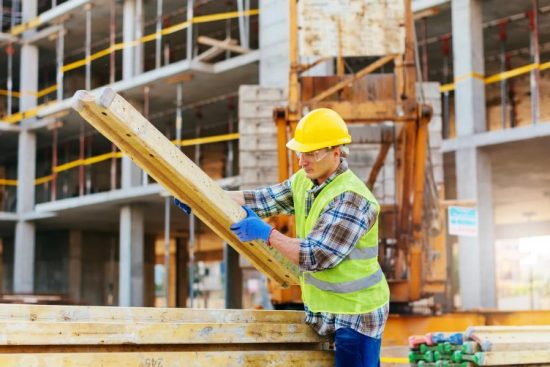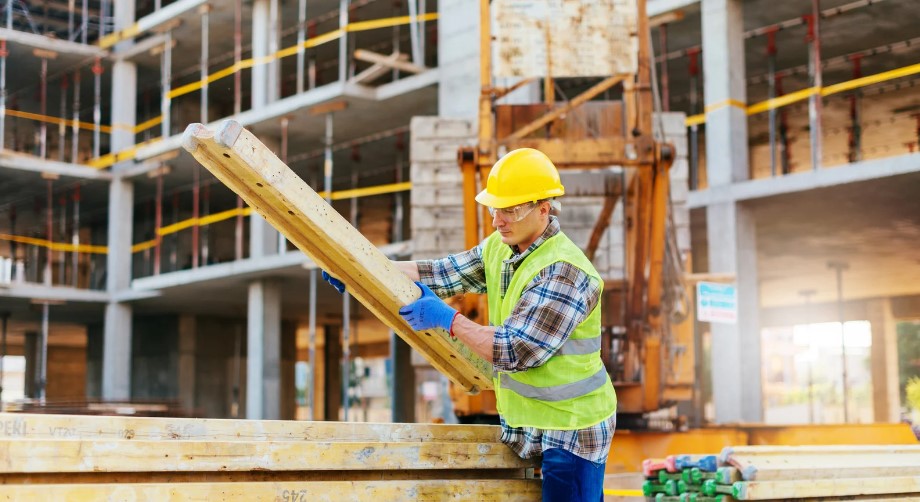
Building Materials 101: A Comprehensive Overview for Every Project
Building materials are the backbone of any construction project. Whether constructing a new home, renovating an existing structure, or working on a commercial development, you always look for an online store for construction materials. This blog will give you a comprehensive overview of building materials, covering everything from essential components to advanced materials and techniques. Get the knowledge and confidence you need to choose suitable materials for your next project and understand how to use them effectively. Let’s start with the basics.
Basic Building Components
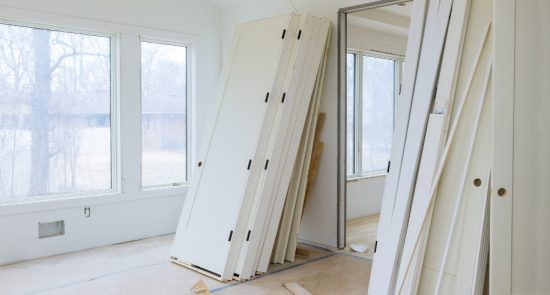
Before we dive into specific materials, it’s essential to understand the vital components of a building.
- Foundation: The building’s base transfers the structure’s weight to the ground.
- Walls: The vertical structures for support and protection from the elements.
- Windows and Doors: The openings that allow natural light and air to enter the building.
- Roof: The top layer of the building that protects from weather and provides structural support.
- Flooring: Wood, concrete, or tile make up the ground surface.
- Plumbing, HVAC, and Electrical: Different water, heat, and cooling systems.
Now, let’s get to the materials used in each element.
Materials Used in Building Components
Foundation
Builders make the foundation of a building using concrete or masonry. Concrete is a composite material of cement, water, and aggregate (such as gravel or sand). Masonry is a construction material made of brick, block, or stone. These materials provide strength and stability, allowing the building to transfer its weight to the ground.
Walls
Various materials such as wood, steel, brick, and concrete can construct walls. Residential construction often employs wood as it is lightweight, easy to work with, and efficient for framing, sheathing, and finishing. Commercial construction generally utilizes steel for its strength and durability. Durability and fire resistance make brick and concrete popular choices for construction.
Windows and Doors
Typically, manufacturers make windows and doors out of wood, vinyl, aluminum, or a combination of materials. Wood is a popular choice for its natural beauty and ability to be customized. Vinyl is a low-maintenance option that provides good insulation and durability. Aluminum is a lightweight and corrosion-resistant material suitable for both windows and doors.
Roof
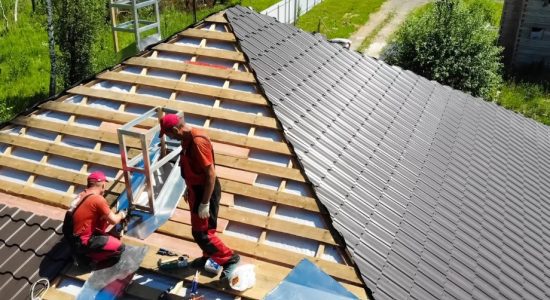
The roof protects the building from elements and provides structural support. Common roofing materials include asphalt shingles, wood shingles, metal roofing, and clay tiles. Asphalt shingles are the most popular choice for residential construction, as they’re affordable and easy to install. Wood shingles are made of cedar, pine, or spruce and provide a natural, rustic look. In addition to being durable and energy efficient, metal roofing has materials like aluminum, copper, or steel. Clay tiles are made from natural clay and provide an elegant, timeless look.
Flooring
Flooring materials include hardwood, laminate, tile, and carpet. Hardwood is made of natural wood and provides a classic, timeless look. Laminate is a cost-effective alternative to hardwood, made of synthetic materials that mimic the look of wood. Tile is made of ceramic, porcelain, or natural stone. It is known for its durability and ease of maintenance. The carpet is made of synthetic or natural fibers and provides a soft, warm surface for walking.
Materials Used in Plumbing, HVAC, and Electrical Systems
Plumbing, HVAC, and electrical systems are essential for the functionality and comfort of a building. Materials used in these systems are
- Plumbing, such as copper, PVC, CPVC, and PEX tubing for water supply and drainage, cast-iron, steel, or PVC.
- HVAC: Sheet metal, aluminum, or copper for ductwork; refrigerant gasses such as R-410A or R-22 for air conditioning.
- Electrical: Copper or aluminum for wiring; electrical panels, switches, and outlets made of various materials such as steel, copper, or plastic.
Advanced Materials and Techniques
Technological advancements have recently fueled the development of new building materials and techniques. These are:
- Insulated Concrete Forms (ICFs): Experts use hollow blocks or panels to form concrete walls. ICFs provide excellent insulation, strength, and durability.
- Structural Insulated Panels (SIPs): The manufacturers produce sandwich panels by placing an insulating material between two layers of oriented strand board (OSB). SIPs provide excellent insulation, strength, and ease of construction.
- Engineered Wood Products: Manufacturers press and glue wood together to form strong and dimensionally stable panels used in the production of glulam, laminated veneer lumber (LVL), and engineered wood flooring.
- Composites: Wood-plastic composite (WPC) decking combines wood fibers and plastic to create a durable and long-lasting material. Composites provide excellent durability and low maintenance.
- 3D Printing: A process that creates objects by layering concrete, plastic, or metal materials. 3D printing is still in its infancy, but it has the potential to revolutionize the construction industry.
Sustainable Building Materials
Sustainability is an increasingly important consideration in building design and construction. Sustainable, renewable, and locally sourced materials can reduce a building’s environmental impact and create a healthier indoor environment.
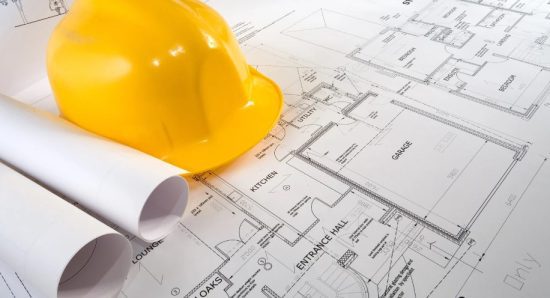
Some examples of sustainable building materials include:
- Reclaimed wood has been salvaged from old buildings, barns, or fallen trees. Reclaimed wood provides a unique, rustic look and reduces the demand for new lumber.
- Bamboo: A fast-growing, renewable resource that’s lightweight, durable, and resistant to pests. Bamboo can be used for flooring, walls, and roofing.
- Straw Bales are bales of straw used as a building material. They provide excellent insulation and are a natural, sustainable alternative to traditional building materials.
- Low-VOC Materials: Materials that emit low levels of volatile organic compounds (VOCs) are harmful chemicals that can cause health problems and pollute the air. Low-VOC materials include paints, adhesives, and natural flooring.
Choosing the Right Materials for Your Project
With so many building materials available, choose suitable materials for your project. Here are some factors to consider:
- Budget: The cost of materials is crucial for any construction project. Consider your budget and choose materials that provide the best value for your money.
- Durability: Building materials should withstand the elements and last for years. Consider the lifespan of the materials you choose and how they’ll perform over time.
- Sustainability: As mentioned earlier, sustainability is an increasingly important consideration in building design and construction. Choose materials that are sustainable, renewable, and local.
- Aesthetics: Your building’s appearance is essential, so choose materials that provide the look you want. Consider factors like color, texture, and style.
- Functionality: Building materials should provide the functionality you need for your project. Selecting mold and moisture resistant materials is crucial when building a house in a wet climate.
Conclusion
In conclusion, building materials are critical components of any construction project. By understanding the materials available and their properties, you can choose suitable materials for your project and create durable and aesthetically pleasing constructions. Consider factors like budget, sustainability, and aesthetics when making choices.
FEPY, the UAE’s leading e-commerce platform for construction materials, boasts over 18,000 products across 17 categories, from Building Materials to Welding Equipment & Supplies. USPs include competitive pricing, top-quality assurance, a seamless shopping experience, and fast delivery. Explore Fepy’s extensive range today and make your next project successful.







